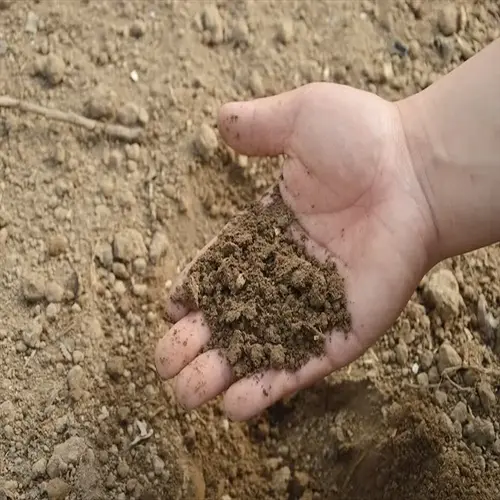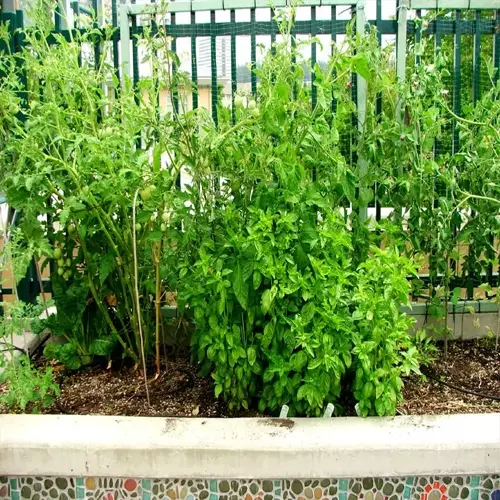What are common tomato plant disease symptoms?

Written by
Olivia Mitchell
Reviewed by
Prof. Charles Hartman, Ph.D.Tomato plant diseases reveal obvious visual signs when you know what to look for. Brown concentric rings on leaves indicate that early blight is beginning its destructive cycle. Oily, black lesions with white mold indicate that late blight has arrived to destroy your harvest. Oily black marks on fruit peduncles indicate blossom end rot issues. Yellow mosaic marks illustrate the viral infestations spreading in your plants. A white powdery residue indicates that powdery mildew has infected your plants.
Identifying symptoms early saves crops. I learned this the hard way when I lost 50% of my crop to late blight on a muggy summer night. Daily look for early warning signs such as spotted or discolored leaves. Look for wilting, leaf discoloration, or vascular or growth abnormalities. After that, fruit exhibits symptoms such as sunken areas or a strange texture during a weather pattern of 75°F/24°C spells, which are often accompanied by warm, muggy, and wet conditions. The fastest spread for infections is in that weather, too!
Fungal Diseases
- Brown bullseye patterns expanding outward on leaves
- White fuzzy growth on leaf undersides in humidity
- Dark sunken spots on stems that weaken plants
Bacterial/Viral Issues
- Water-soaked spots turning black with yellow edges
- Curled leaves with mosaic yellow-green patterns
- Stunted growth with bronze discoloration on foliage
Physiological Disorders
- Leathery black patches at blossom end of fruit
- Cracking radiating from stem or circling fruit
- Yellowing between leaf veins showing nutrient issues
Prevention is better than treatment. Water the soil, not the leaves, to keep foliage dry. Provide spacing for tomatoes to promote air movement. Practice crop rotation each year to disrupt the disease cycle. I use 'Resistant' strains, such as 'Defiant', in areas with noted problems. Healthy plants resist infections better than plants under stress.
When symptoms appear, take action immediately. Remove infected plant parts right away. Utilize organic treatments like baking soda spray for mildew. For chemical solutions, use this only as a last resort for severe infestations, following the label instructions carefully. Keep records of all treatments in a garden journal with notes on what proved effective. Regular and persistent care will protect the harvest.
Read the full article: Tomato Plant Diseases: Comprehensive Guide

